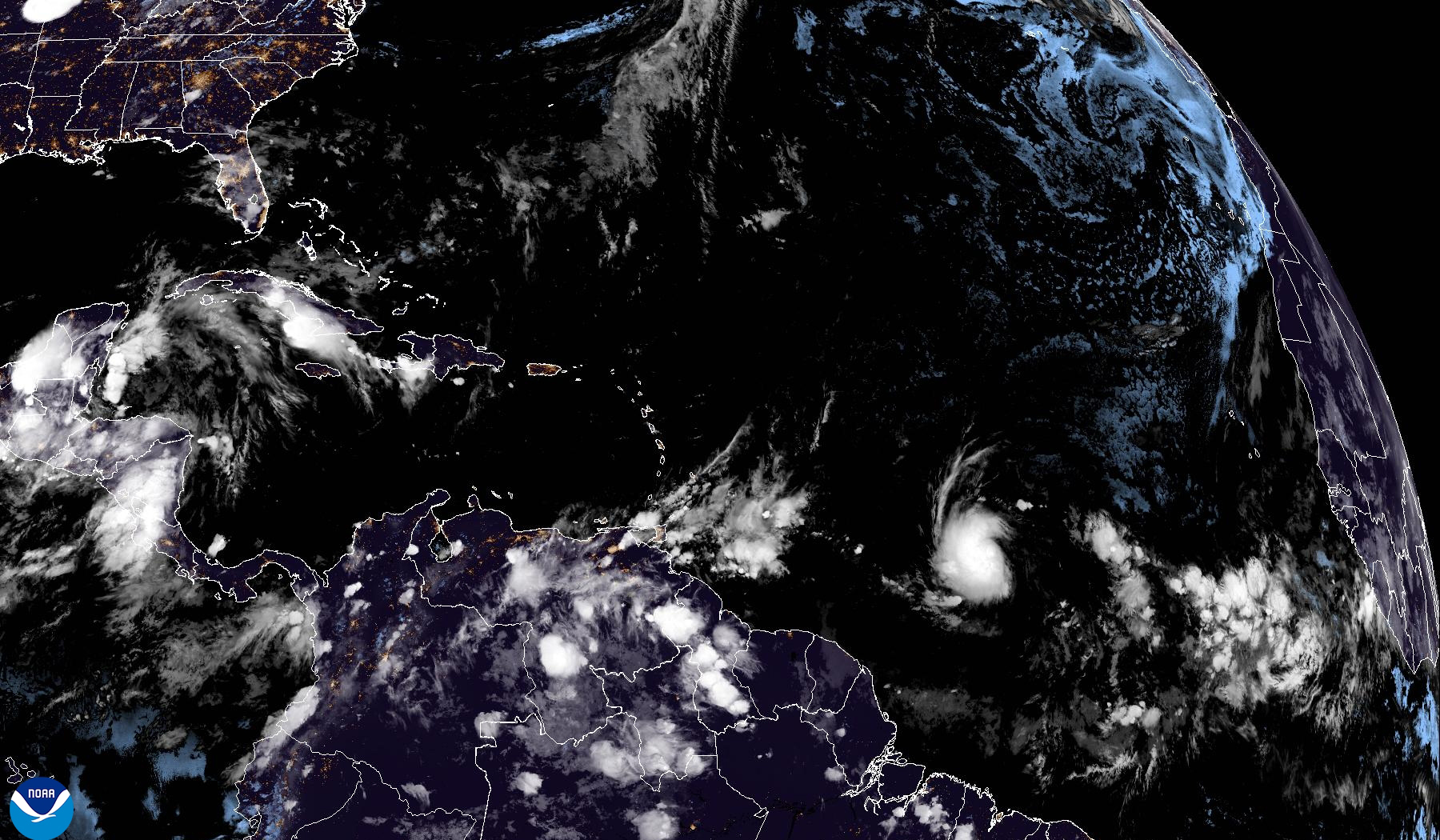National Hurricane Center Beryl

The National Hurricane Center (NHC) is the United States’ official source for tropical cyclone information. The NHC monitors and forecasts tropical cyclones, including hurricanes, in the Atlantic and eastern Pacific Oceans. The NHC’s mission is to save lives and property by providing timely and accurate forecasts and warnings.
The NHC’s forecasting process begins with data collection. The NHC collects data from a variety of sources, including satellites, radar, aircraft, and ships. This data is then analyzed by NHC forecasters to determine the location, intensity, and movement of tropical cyclones. The NHC then issues forecasts and warnings to the public and government agencies.
The NHC also collaborates with other organizations and agencies in hurricane preparedness and response. The NHC works with the National Weather Service to provide forecasts and warnings to the public. The NHC also works with the Federal Emergency Management Agency (FEMA) to coordinate hurricane response efforts.
Hurricane Beryl: Impacts and Preparedness: National Hurricane Center Beryl

National hurricane center beryl – Hurricane Beryl poses a significant threat to coastal communities. Its destructive force can cause widespread damage and loss of life. It is crucial for individuals and communities to be well-prepared to mitigate the impacts of the hurricane.
Potential Impacts
Hurricane Beryl can bring devastating impacts, including:
- Storm Surge: A wall of water that can reach several meters high, causing flooding and destruction in coastal areas.
- High Winds: Gusts of up to 200 kilometers per hour can cause significant damage to buildings, infrastructure, and trees.
- Flooding: Heavy rainfall can lead to flash floods and riverine flooding, inundating low-lying areas and causing damage to property and infrastructure.
Hurricane Preparedness
To ensure safety and minimize the impacts of Hurricane Beryl, individuals and communities should take the following preparedness measures:
- Evacuation Plans: Develop an evacuation plan and identify safe evacuation routes and shelters in case of an evacuation order.
- Emergency Supplies: Gather essential supplies such as non-perishable food, water, first-aid kits, and medications.
- Property Protection: Secure loose objects, reinforce windows and doors, and elevate valuables to higher floors.
Role of the NHC
The National Hurricane Center (NHC) plays a critical role in hurricane preparedness by:
- Issuing Hurricane Watches and Warnings: The NHC issues watches and warnings to alert communities about potential hurricane threats.
- Providing Forecasts and Advisories: The NHC provides regular updates on hurricane tracks, intensity, and potential impacts.
- Coordinating with Emergency Management Agencies: The NHC works closely with emergency management agencies to ensure effective response and recovery efforts.
It is crucial for individuals and communities to heed the advisories issued by the NHC and take appropriate actions to stay safe during Hurricane Beryl.
Hurricane Beryl: Tracking and Forecasting

Tracking and forecasting the path and intensity of Hurricane Beryl is crucial for disaster preparedness and response efforts. This section provides an interactive map and detailed forecasts to help you stay informed about the hurricane’s trajectory, potential landfall, and expected impacts.
Interactive Map and Forecast
The interactive map below allows you to track the real-time path and intensity of Hurricane Beryl. You can zoom in and out to view specific areas and adjust the time range to see the hurricane’s projected path.
[Interactive map or table to track Hurricane Beryl’s path and intensity over time]
Detailed Forecasts, National hurricane center beryl
Based on the latest meteorological data and computer models, the National Hurricane Center provides detailed forecasts for Hurricane Beryl’s expected trajectory, landfall location, and potential impacts. These forecasts are updated regularly as new information becomes available.
- Expected Trajectory: The hurricane’s projected path is shown on the interactive map. Forecasts include the direction and speed of movement, as well as the estimated time of arrival at various locations.
- Landfall Location: The National Hurricane Center issues forecasts for the hurricane’s most likely landfall location and time. These forecasts are based on the latest atmospheric conditions and model projections.
- Potential Impacts: Forecasts also include information on the potential impacts of the hurricane, such as storm surge, flooding, and high winds. This information helps local authorities and residents prepare for the storm’s arrival.
Factors Influencing Forecast Accuracy
While hurricane forecasts are generally accurate, there are several factors that can influence their precision:
- Atmospheric Conditions: The accuracy of hurricane forecasts depends on the availability and quality of atmospheric data. Factors such as wind speed, temperature, and humidity can affect the hurricane’s movement and intensity.
- Model Uncertainty: Hurricane forecasts are based on computer models that simulate the behavior of the atmosphere. These models are not perfect and can produce different results, leading to uncertainty in the forecast.
National Hurricane Center Beryl is expected to bring heavy rainfall to Puerto Rico. Puerto Rico is still recovering from the devastation caused by Hurricane Maria in 2017. The National Hurricane Center is urging residents to prepare for the storm.
National Hurricane Center Beryl gives regular updates on the storm. You can find the latest path of hurricane beryl here. As the storm progresses, the National Hurricane Center Beryl will continue to monitor its progress and provide updates.